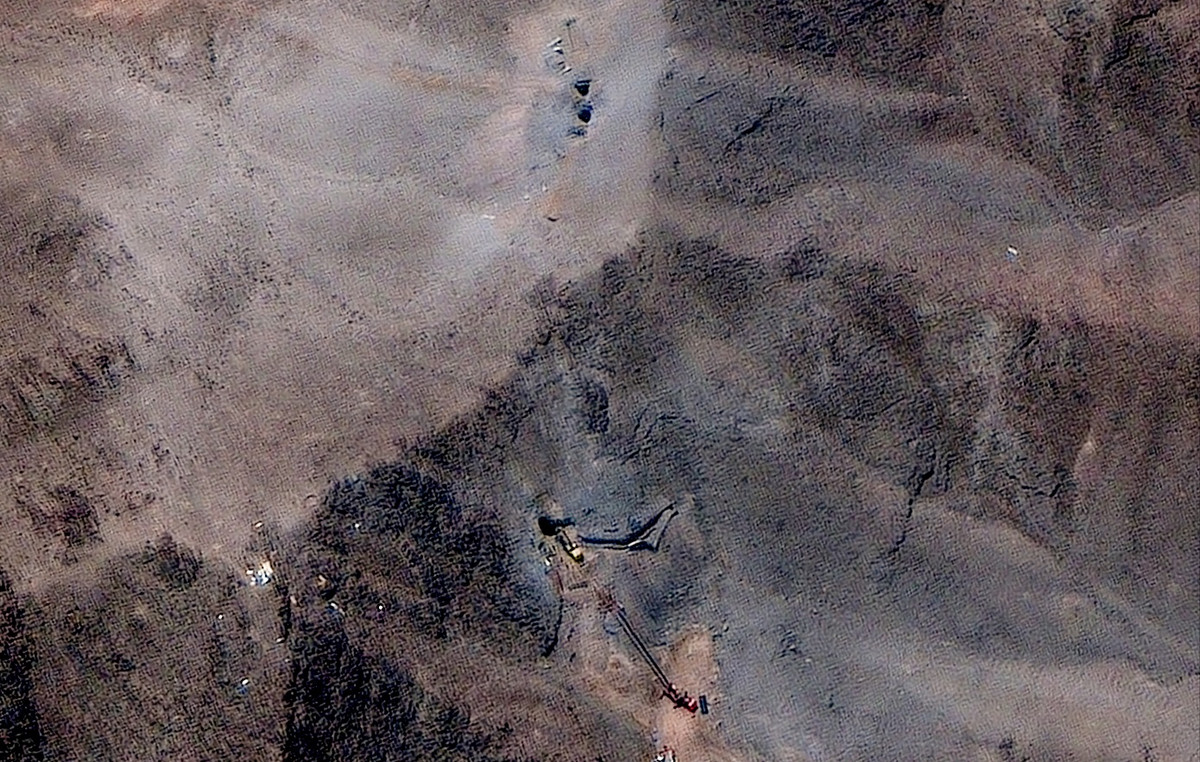Yesterday, January 20, Airbus officially announced that the flagship spacecraft called Jupiter Icy Moons Explorer is ready to be sent into space from French Guiana – the launch of the launch vehicle with a satellite on board is scheduled for April this year. It is worth noting that Airbus had to spend a lot of time developing the probe – the manufacturer was chosen as a contractor back in 2015, and the company’s specialists spent the last year and a half assembling and final fitting the satellite before launching into outer space. However, such a thorough development is quite understandable – the probe will have to overcome a huge distance.
The fact is that the space research probe Jupiter Icy Moons Explorer weighing 6.2 tons must overcome the distance from the Earth to the orbit of Jupiter – for this it will take him eight years of continuous flight. Only in 2031, if everything goes according to plan and multiple gravitational overflights of objects inside the solar system are not violated, the device will reach its goal and start studying the satellites of Jupiter. To do this, the probe was equipped with an impressive amount of various equipment – there is, for example, an instrument for studying magnetic fields, many advanced cameras, as well as a special radar that is able to “penetrate” through the thickness of the ice.
In order for the spacecraft to cover a huge distance and fulfill its tasks, experts equipped the zones with impressive solar panels – their total area is 100 square meters. Considering that the ship will have to fly 740 million kilometers from the Sun without “recharging”, such decisions seem more than necessary. Solar panels are initially delivered in a folded version, but after the spacecraft leaves the launch vehicle, a complex system of mechanisms will open the panels and direct them towards the Sun to receive energy.
The task of this space probe is very important – experts want to study the icy surface of Jupiter’s moons in order to analyze the information and determine whether they are suitable for the formation of various life forms like microbes or not. To get an answer to this question, specialists from Europe had to spend 1.6 billion dollars – for projects that are not created by NASA, the amount is fantastic. However, NASA is also working in this direction and plans to send its own device as early as 2024, so in ten years Jupiter will be studied much better than it is now.
Source: Trash Box
Charles Grill is a tech-savvy writer with over 3 years of experience in the field. He writes on a variety of technology-related topics and has a strong focus on the latest advancements in the industry. He is connected with several online news websites and is currently contributing to a technology-focused platform.







